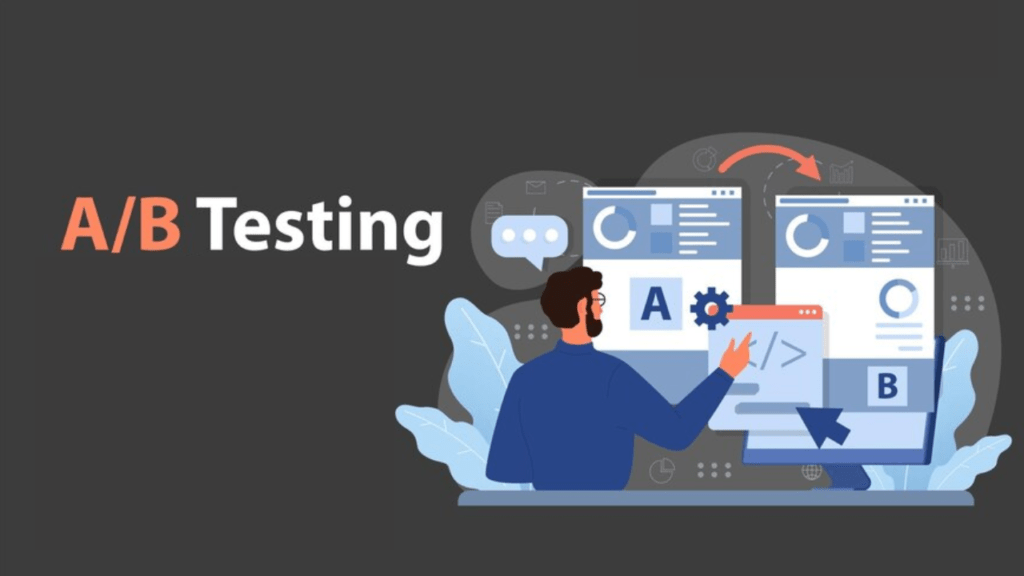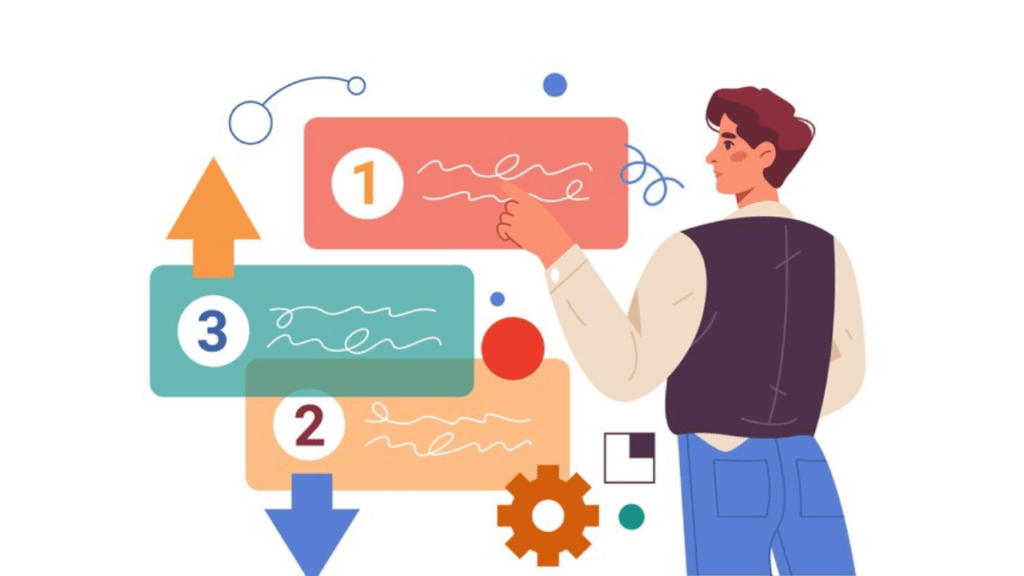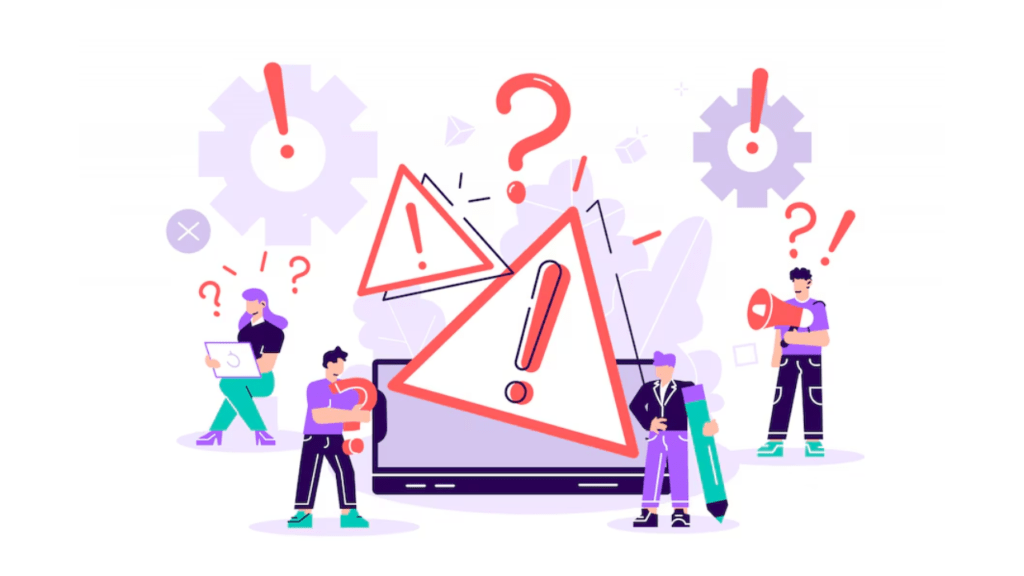
Introduction
In the world of digital marketing, A/B testing strategies play a crucial role in optimizing ad performance. By comparing two variations of an ad, businesses can determine which version resonates best with their audience. A well-executed A/B test can lead to higher engagement, increased conversions, and improved return on investment (ROI).
A/B testing helps marketers take the guesswork out of ad optimization by providing data-driven insights. This approach ensures that advertising budgets are spent effectively, maximizing performance and minimizing wasted resources. By applying rigorous A/B testing methodologies, businesses can continuously refine their marketing campaigns and stay ahead of the competition.
In this article, we’ll explore effective A/B testing strategies to maximize ad performance, from designing tests to analyzing results and implementing findings. We’ll also discuss common pitfalls to avoid, best practices, and advanced techniques for more sophisticated testing.
What Is A/B Testing?
A/B testing, also known as split testing, is a controlled experiment where two versions (A and B) of an ad or landing page are tested against each other to determine which performs better. The goal is to identify elements that drive better engagement, clicks, or conversions.
Key Elements of A/B Testing:
- Control (A) vs. Variation (B): A baseline version is compared to an alternate version with one modified element.
- Hypothesis Formation: Establishing a clear prediction of what change will improve performance.
- Testing One Variable at a Time: Ensuring accurate results by isolating changes.
- Performance Metrics: Tracking metrics like CTR (Click-Through Rate), conversion rate, and ROI.
A/B testing is particularly useful in digital advertising, where even minor improvements in an ad’s performance can result in significant financial gains. When done correctly, A/B testing allows businesses to optimize every element of their ad campaigns to maximize effectiveness.
Steps to Conduct Effective A/B Testing

Define Your Goal
Before launching an A/B test, determine the primary objective. Common goals include:
- Increasing ad clicks
- Boosting conversions
- Lowering cost-per-click (CPC)
- Enhancing user engagement
- Reducing bounce rates on landing pages
- Improving customer acquisition costs
Select the Right Elements to Test
The most impactful elements to test in an ad include:
- Headlines: Test different wording, lengths, and tones.
- Call-to-Action (CTA): Compare variations like “Buy Now” vs. “Get Started.”
- Images/Videos: Experiment with different visuals to assess engagement.
- Ad Copy: Try different messaging styles, offers, or emotional appeals.
- Landing Pages: Test variations in layout, color schemes, and button placements.
- Ad Placement: Determine if an ad performs better on different platforms or placements (e.g., Instagram vs. Facebook).
- Audience Targeting: Adjust targeting parameters like demographics, interests, and behaviors.
Segment Your Audience

To get accurate insights, segment your audience based on demographics, behavior, or interests. This ensures that test results reflect user preferences more accurately. A segmented approach also allows businesses to tailor their ad creatives to different user groups for optimal engagement.
Run the Test for a Sufficient Duration
Ensure that the test runs long enough to gather significant data. Avoid stopping early, as premature conclusions can be misleading. The recommended test duration depends on traffic volume, but a general rule is to run the test for at least 7-14 days or until statistical significance is achieved.
Analyze Results and Implement Changes
Once the test concludes, analyze the data to determine the winning variation. Implement the best-performing elements and continuously optimize future ads. Use analytics tools to understand why a particular version performed better and apply those insights to future campaigns.
Best Practices for A/B Testing Success
- Test One Element at a Time: Avoid testing multiple changes simultaneously to maintain test integrity.
- Use a Large Enough Sample Size: Ensure your audience size is statistically significant.
- Run Tests Simultaneously: Conduct A/B tests at the same time to avoid external factors affecting results.
- Continuously Optimize: A/B testing is an ongoing process; iterate and refine based on new data.
- Utilize Heatmaps and User Behavior Analysis: Tools like heatmaps help visualize how users interact with an ad or webpage, revealing areas of improvement.
- Consider Multi-Device Testing: Ensure that A/B test variations are effective across different devices and screen sizes.
- Validate Results with Statistical Analysis: Use A/B testing tools that provide statistical significance metrics to ensure results are reliable.
Advanced A/B Testing Techniques
While traditional A/B testing is effective, there are advanced techniques that can further refine ad performance:
1. Multivariate Testing
Multivariate testing allows you to test multiple elements of an ad at the same time. Instead of just comparing two versions, this method tests various combinations of headlines, images, CTAs, and more. It helps determine which combination of elements works best together.
2. Sequential Testing
In cases where traffic volume is low, sequential testing can be an alternative to standard A/B testing. This method involves running one version for a set period before switching to another variation. However, it requires careful control of external variables to ensure accurate results.
3. Personalization-Based Testing
Instead of a one-size-fits-all approach, personalized A/B testing involves segmenting audiences and showing them variations tailored to their preferences. AI-driven algorithms can optimize ad creatives dynamically based on user behavior.
4. Bayesian A/B Testing
Unlike traditional frequentist A/B testing, Bayesian testing provides continuous probability updates, allowing marketers to make quicker and more data-driven decisions.
Common Pitfalls to Avoid

- Testing Too Many Variables: Leads to unclear results.
- Ending Tests Too Soon: Insufficient data may result in incorrect conclusions.
- Ignoring Statistical Significance: Small sample sizes can lead to misleading insights.
- Not Considering External Factors: Seasonality, industry trends, or economic conditions can impact results.
- Failing to Monitor for Bias: Ensure randomization in test groups to avoid skewed results.
Conclusion
Implementing effective A/B testing strategies is essential for maximizing ad performance. By continuously testing and optimizing, businesses can enhance engagement, improve conversions, and achieve better ROI. A/B testing is not a one-time process but an ongoing strategy for sustained advertising success.
As digital marketing continues to evolve, integrating AI-driven optimization, machine learning-based predictive analytics, and data-driven decision-making will further enhance A/B testing capabilities. By staying ahead of trends and consistently refining strategies, businesses can maintain a competitive edge in the advertising landscape.
FAQs: A/B Testing Strategies
- How long should an A/B test run?
- It depends on traffic volume, but generally, a test should run for at least 7-14 days to collect meaningful data.
- Can I test multiple elements at once?
- It’s best to test one element at a time for clear results. However, multivariate testing can analyze multiple changes simultaneously.
- What tools can help with A/B testing?
- Tools like Google Optimize, Optimizely, and Facebook Experiments can assist in running effective A/B tests.
- How do I know if my test results are significant?
- Use statistical significance calculators to ensure confidence in your results.
- What if both variations perform equally?
- Consider testing additional variations or re-evaluating other elements like audience targeting or ad placement.







